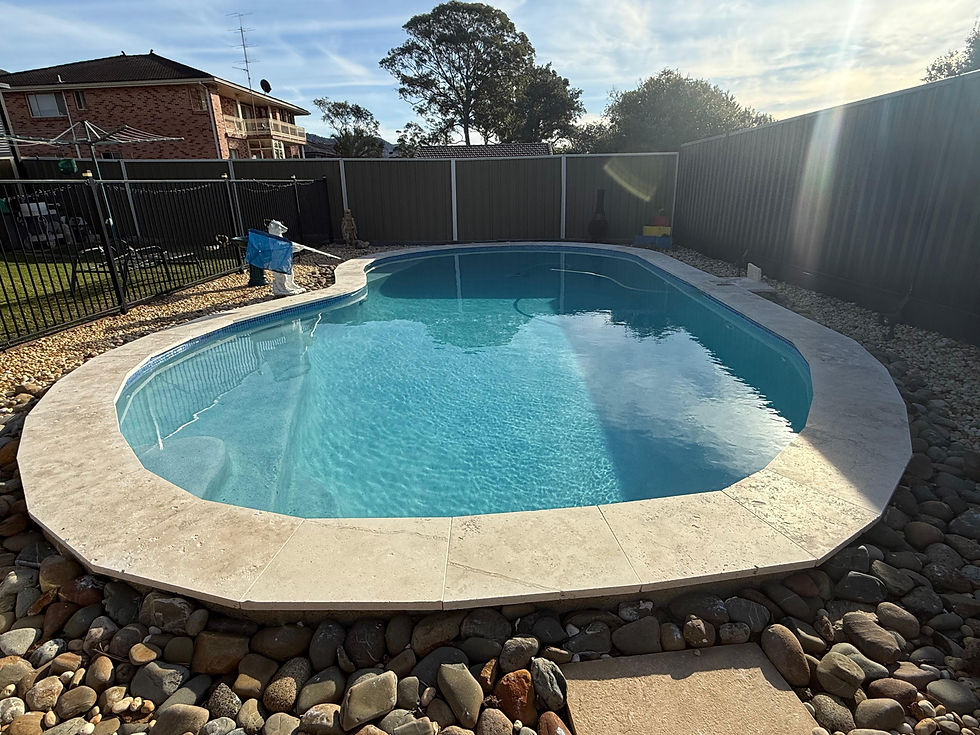What happens if you don't resurface your pool?
- Splash Pool & Spa Australia PTY LTD

- Mar 31
- 2 min read
Updated: Mar 31

If you don't resurface a pool when needed, several issues can arise over time. Pool resurfacing is a critical maintenance task that helps maintain the structural integrity and appearance of the pool. Here are some things that can happen if it's neglected:
1. Cracks and Leaks
Over time, the surface of the pool may develop cracks. If these aren't repaired, water can leak through, leading to water loss and possibly causing structural damage to the pool.
Leaks can also lead to water damage to the surrounding area, including the pool deck, which can be costly to repair.
2. Increased Chemical Imbalance
A damaged surface can affect the way chemicals are distributed and absorbed in the pool water. This can make it harder to maintain proper pH and chlorine levels.
Over time, this can lead to algae growth, cloudy water, and other water quality issues.
3. Rough, Unsightly Surface
Pool surfaces, especially plaster, can wear down over time. Without resurfacing, the surface can become rough, which can cause discomfort for swimmers and increase the risk of abrasions and cuts.
Discoloration and staining can also make the pool look unattractive and less inviting.
4. Deterioration of Pool Equipment
Cracked or damaged surfaces may lead to a buildup of debris or dirt in the crevices, which can affect the filtration system.
If the surface is compromised, it may also require your pool pump and filtration equipment to work harder, possibly leading to higher energy consumption and increased wear on equipment.
5. Reduced Lifespan of the Pool
A pool that isn’t resurfaced in time can suffer from further structural damage, which may eventually require more extensive and costly repairs.
If the surface wears down too much, you may even need to replace parts of the pool or, in extreme cases, the entire pool structure.
6. Increased Maintenance Costs
As the pool continues to degrade, you may find yourself spending more money on chemicals, repairs, and cleaning services. Regular resurfacing helps keep the pool in optimal condition and reduces overall maintenance costs in the long run.
7. Safety Concerns
If the pool surface is significantly damaged (e.g., rough, cracked, or uneven), it could present a safety hazard for swimmers. This is especially concerning for children or people who are less sure-footed in the water.
When Should You Resurface a Pool?
The need for resurfacing typically arises every 10-15 years, depending on the material (e.g., plaster, fiberglass, or vinyl) and the pool’s usage. Some signs that resurfacing may be needed include:
Visible cracks or chips.
Stains that won’t come off with cleaning.
Rough texture that makes swimming uncomfortable.
Significant discoloration.
Resurfacing can extend the life of the pool and keep it looking new and functioning well for many years.







Comments